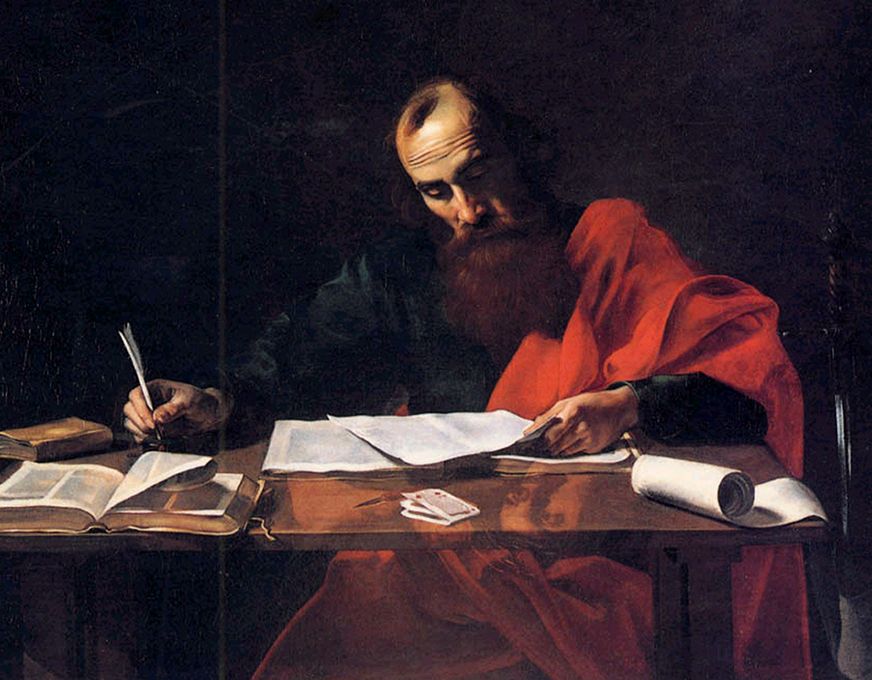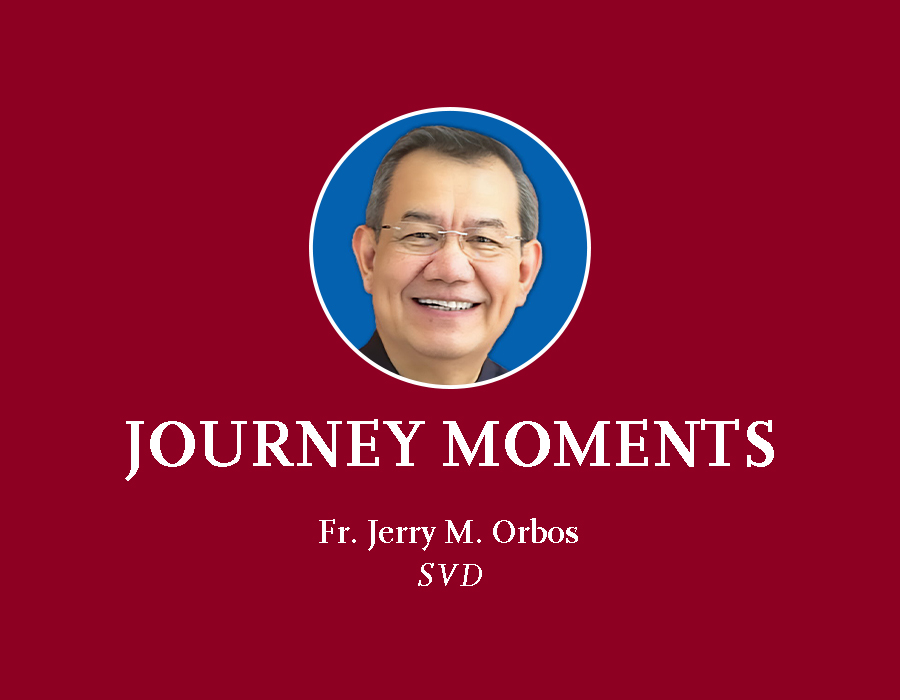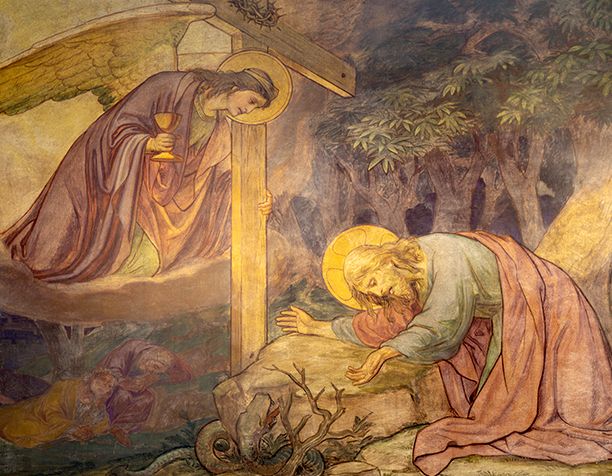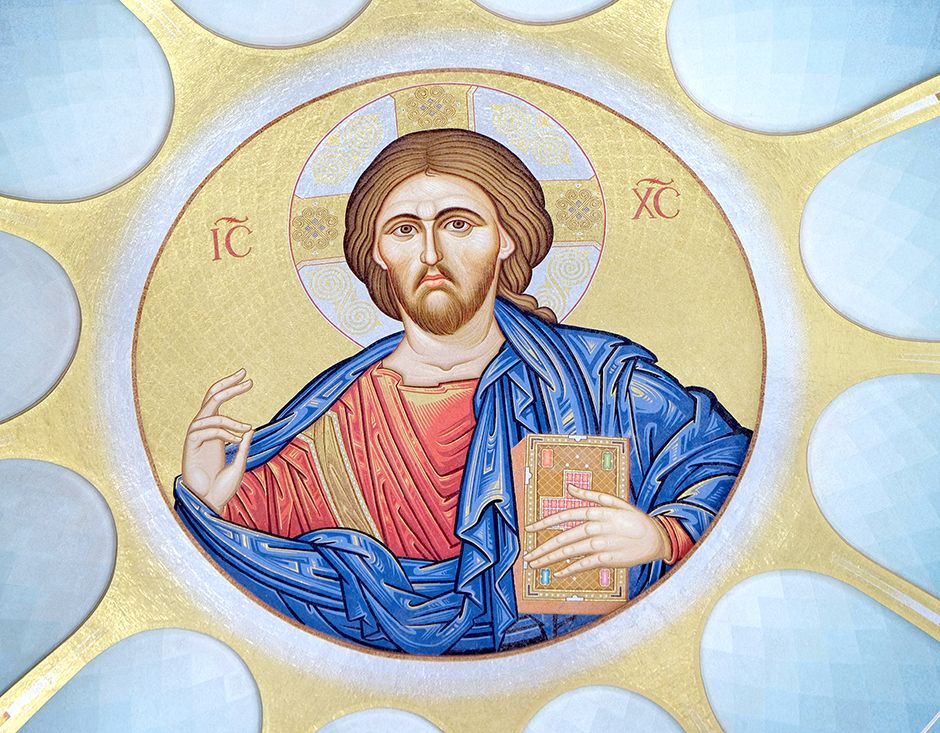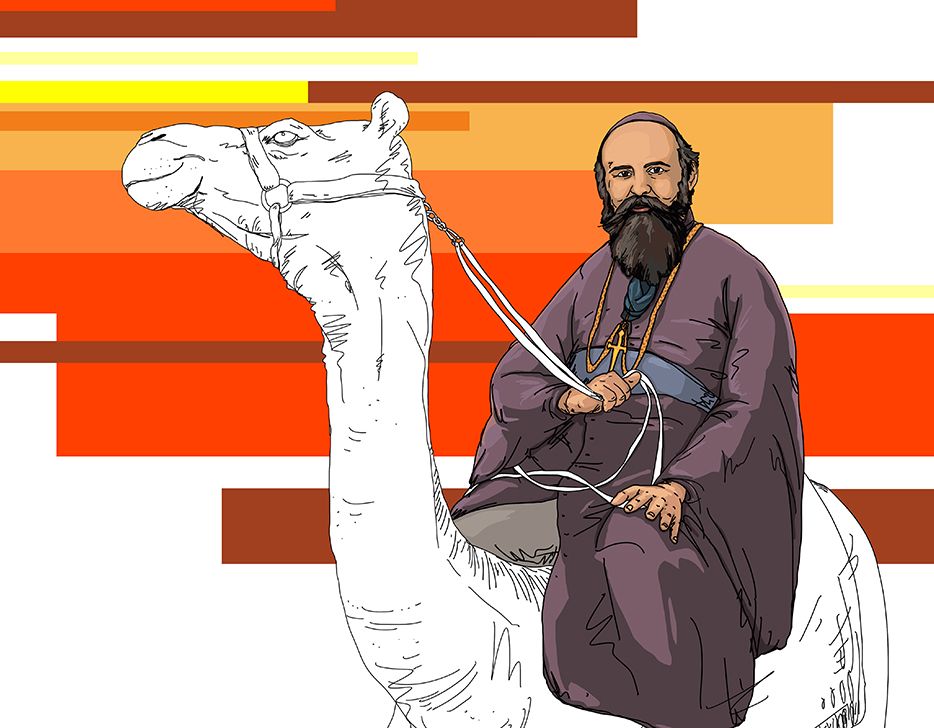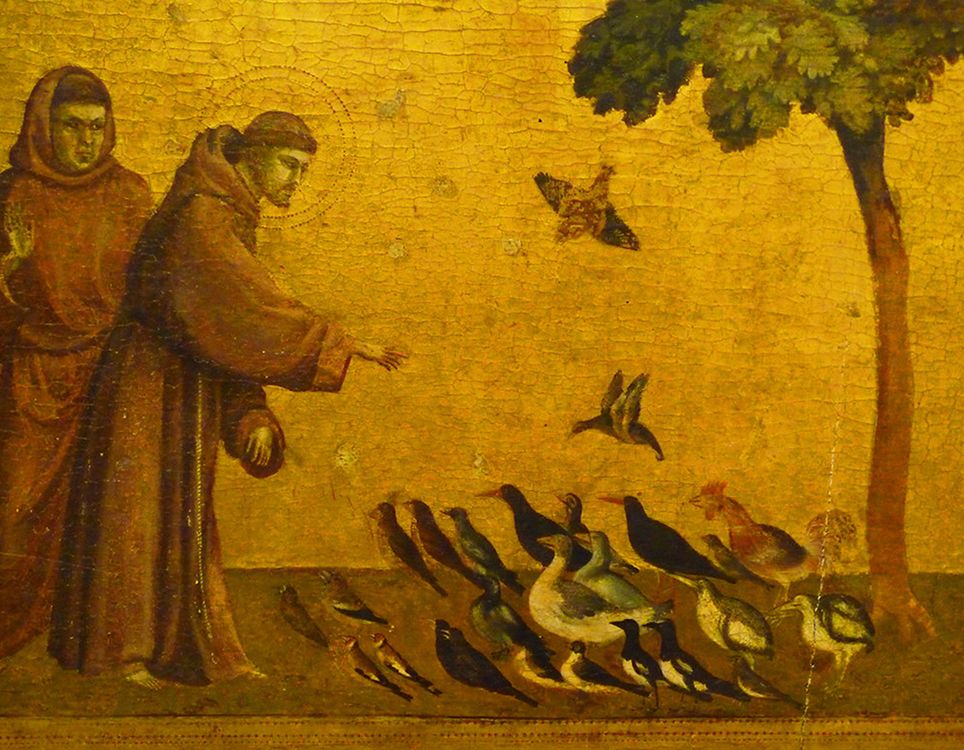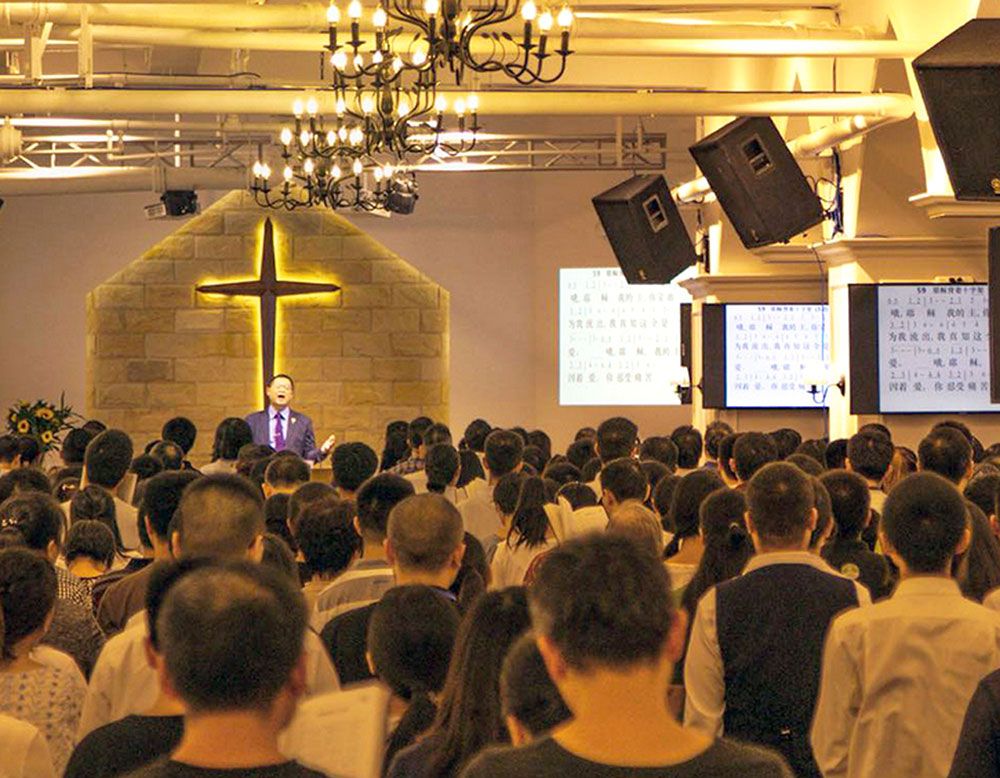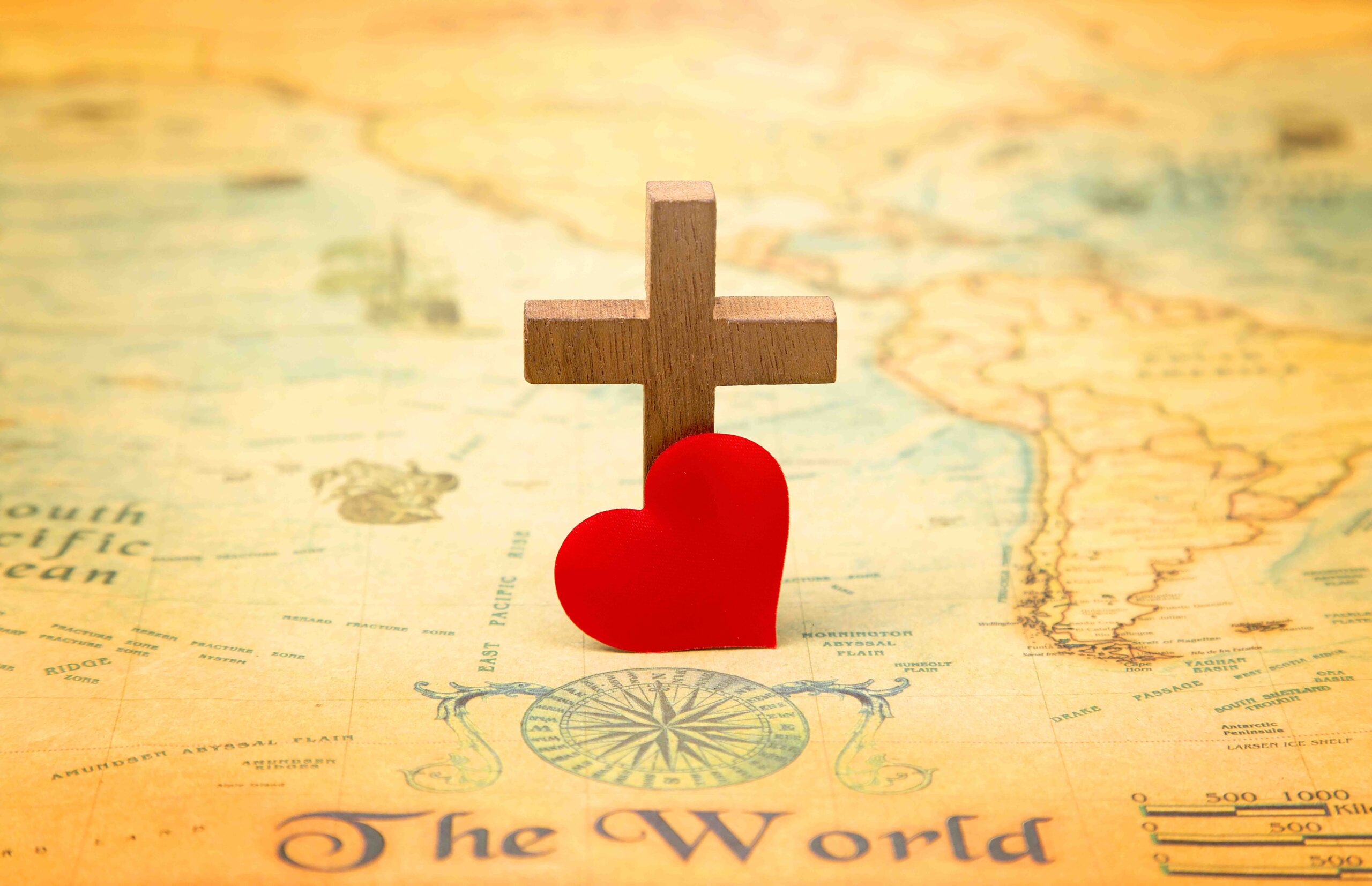The greatest evangelist is, of course, Jesus himself, and there is no better presentation of Jesus’ evangelical technique than Luke’s masterful narrative concerning the disciples on the road to Emmaus.
The story opens with two people going the wrong way. In Luke’s Gospel, Jerusalem is the spiritual center of gravity: it is the locale of the Last Supper, the cross, the resurrection and the sending of the Spirit. It is the charged place where the drama of salvation unfolds. So in walking away from the capital city, these two erstwhile disciples of Jesus are going against the grain.
JESUS HATED SIN, BUT LIKED SINNERS
Jesus joins them on their journey and He asks them what they are talking about. Throughout His ministry, Jesus associated with sinners. Jesus hated sin but He liked sinners. He was consistently willing to move into their world and to engage them on their terms.
This is the first great evangelical lesson. The successful evangelist does not stand aloof from the experience of sinners. He does not pass easy judgment on them or pray for them from a distance. On the contrary, He loves them so much that He joins them, deigns to walk in their shoes, and feel the texture of their experience.
Prompted by Jesus’ curious questions, one of the travelers, Cleopas by name, recounts all of the “things” concerning Jesus of Nazareth. “He was a prophet mighty in word and deed before God and all the people; our leaders, though, put him to death; we thought he would be the redeemer of Israel; this very morning, there were reports that he had risen from the dead.”
Cleopas has all of the “facts” straight; there is not one thing he says about Jesus that is wrong. But his sadness and his flight from Jerusalem testify that he doesn’t see the picture.
I love the clever and funny cartoons in the New Yorker magazine, but occasionally there is a cartoon I just don’t understand. I’ve taken in all of the details; I’ve seen the main characters and the objects around them; I’ve understood the caption. Yet I don’t see why it’s funny. And then there comes a moment of illumination: though I haven’t seen any further detail, though no new piece of the puzzle has emerged, I discern the pattern that connects them together in a meaningful way. In a word, I “get” the cartoon.
JESUS OPENS THE SCRIPTURES
Having heard Cleopas’ account, Jesus says, “Oh, how foolish you are! How slow of heart to believe all that the prophets said.” And then He opens the Scriptures to them, disclosing the great Biblical patterns that make sense of the “things” that they have witnessed.
Without revealing to them any new detail about himself, Jesus shows them the form, the overarching design, and the meaning. Through this process they begin to “get” him: their hearts are burning within them.
This is the second great evangelical lesson. The successful evangelist uses the Scriptures in order to disclose the divine patterns and ultimately the Pattern who is made flesh in Jesus.
PERSONS OF THE EUCHARIST
Without these clarifying forms, human life is a hodge-podge, a blur of events, a string of meaningless happenings. The effective evangelist is a man of the Bible, for the Scripture is the means by which we “get” Jesus Christ and, through him, our lives.
The two disciples press him to stay with them as they draw near the town of Emmaus. Jesus sits down with them, takes bread, says the blessing, breaks it and gives it to them, and in that moment they recognize Him. Though they were, through the mediation of Scripture, beginning to see, they still did not fully grasp who He was. But in the Eucharistic moment, in the breaking of the bread, their eyes are opened.
The ultimate means by which we understand Jesus Christ is not the Scripture but the Eucharist, for the Eucharist is Christ himself, personally and actively present. The embodiment of the paschal mystery, the Eucharist is Jesus’ love for the world unto death, His journey into god-forsakenness in order to save the most desperate of sinners, His heart broken open in compassion. And this is why it is through the lens of the Eucharist that Jesus comes most fully and vividly into focus.
And thus we see the third great evangelical lesson. Successful evangelists are persons of the Eucharist. They are immersed in the rhythms of the Mass; they practice Eucharistic adoration; they draw the evangelized to a participation in the body and blood of Jesus. They know that bringing sinners to Jesus Christ is never primarily a matter of personal witness, sermons, or exposure to the patterns of the Scripture. It is primarily a matter of seeing the broken heart of God through the broken bread of the Eucharist. So prospective evangelists, do what Jesus did. Walk with Sinners, open the Book, break the Bread. Published in WordonFire.org





